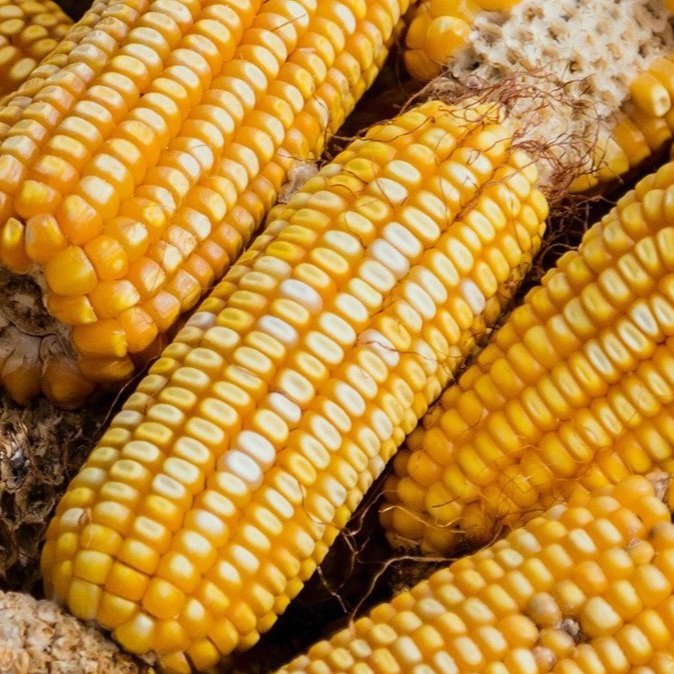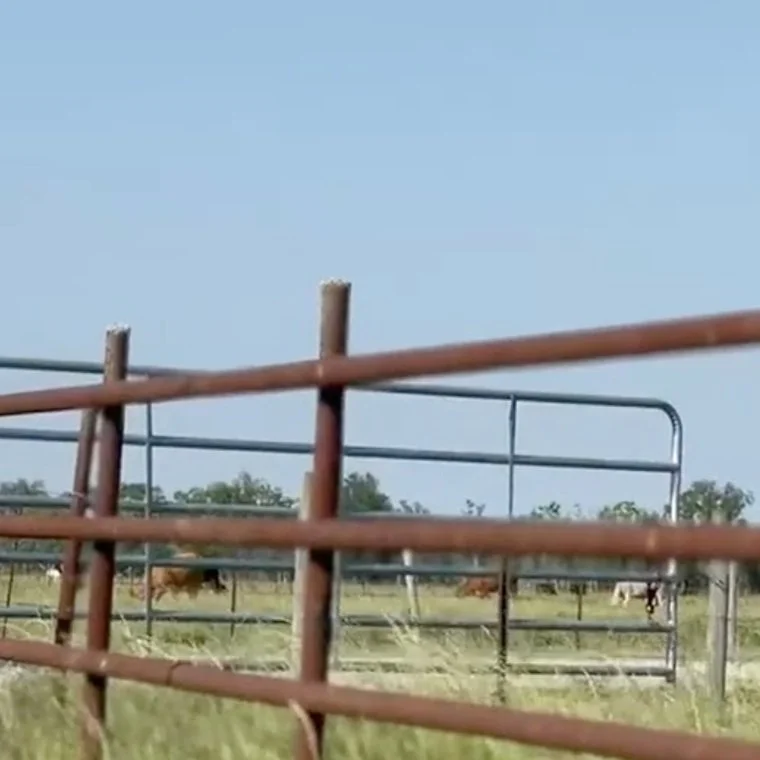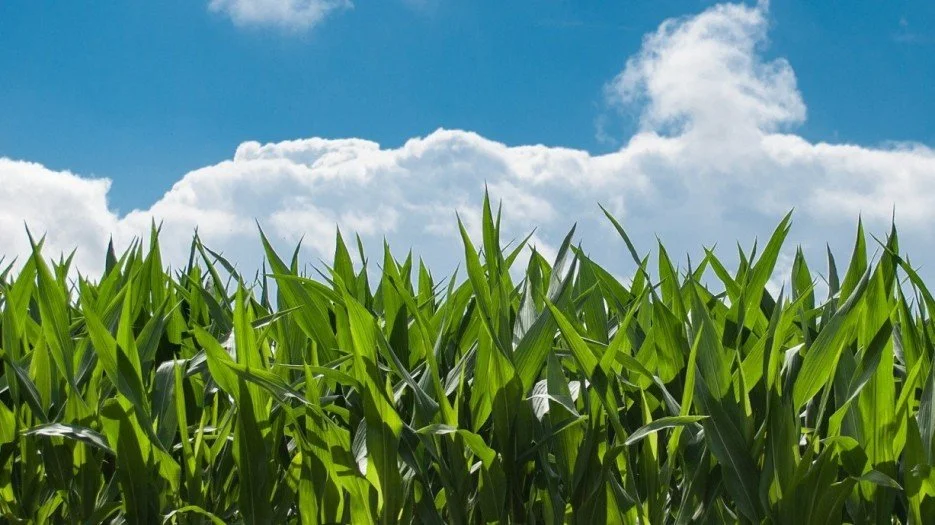During the next several weeks, the U.S. Department of Agriculture’s National Agricultural Statistics Service (NASS) will conduct two major mid-year surveys, the June Agricultural Survey and the June Area Survey.
Read MoreThe 34th Louisiana Corn Festival, June 9th – 11th in Bunkie! Established in 1987, the Louisiana Corn Festival is held every second full weekend in June.
Read MoreIt is not even summer yet, and we are feeling those scorching temperatures. Extreme heat has caused a drought spanning most of the state, taking a toll on farmers.
Read MoreThe planting dates for soybean in Louisiana range from early March to late June, depending on production systems and maturity groups. This variability in planting dates can expose soybean plants to a myriad of insect pests that can injure both below and above ground plant parts.
Read MoreClick for Microsoft Excel spreadsheets that allow growers the opportunity to evaluate the changes that herbicide selection, unit price, application rates, and tillage have on total weed control program costs on a per-acre basis.
Read MoreThe Agricultural Policy and Market Situation Newsletter (Volume V, Issue 1) contains a summary of agricultural policy happenings from the recent quarter (January 1st through March 31st).
Read MoreThe April Crop Market Update for Corn, Soybeans, Rice, and Cotton contains a discussion on USDA-reported supply and demand dynamics and farm price implications for the 2021/22 marketing year. The outside markets continue to monitor the Russia/Ukraine war as well as the slowing economy in China (due to the country’s COVID lockdown policy reducing import demand).
Read MoreIn it’s latest prospective plantings report, USDA reports corn acreage in Louisiana this season will be down slightly while cotton acreage will be WAY up.
Read MoreThe U.S. Department of Agriculture’s (USDA) Commodity Credit Corporation (CCC) announced the 2022 Marketing Assistance Loan rates.
Read MoreNitrogen (N) is the most yield limiting nutrient for corn production. The LSU AgCenter recommends 1 to 1.25 lbs of N per bushel of corn harvested i.e., a 200-bushel corn crop requires about 200 to 250 lbs N/acre.
Read MoreThe latest round of grain export sales data from USDA, out Thursday morning and covering the week through March 10, showed old crop sales facing some modest to moderate week-over-week reductions, but the overall numbers were still relatively bullish. Old crop corn sales faded 14% lower, but total sales remained strong and bested analyst estimates. Old crop soybean sales tipped 11% below the prior four-week average, while old crop wheat sales fell 53% lower week-over-week.
Read MoreThis month’s 2021/22 U.S. corn supply and use outlook is for increased food, seed, and industrial use, larger exports, and smaller stocks relative to last month.
Read MoreA group of 16 U.S. states, some corn and soybean growers associations, the American Fuel And Petrochemical Manufacturers and others are challenging the U.S. Environmental Protection Agency's (EPA) tougher vehicle emission rules.
Texas Attorney General Ken Paxton filed a challenge joined by Ohio, Alabama, Arkansas, Alaska, Indiana, Kentucky, Louisiana, Mississippi, Missouri, Montana, Nebraska, Oklahoma, South Carolina and Utah. The state of Arizona filed a separate legal challenge.
Read MoreThis report contains the results from the 2021 December Agricultural and Row Crop County Agricultural Production surveys.
Read MoreNitrogen (N) fertilizers may be a limiting factor for corn production based on rising nitrogen fertilizer prices and other production input. There are a few things to consider with high N fertilizer prices: (a) apply nitrogen fertilizer at the right time, (2) add or treat urea-based fertilizers with a proven nitrogen stabilizer, and (3) apply the nitrogen fertilizer at the appropriate rate.
Read More














